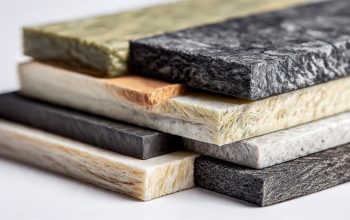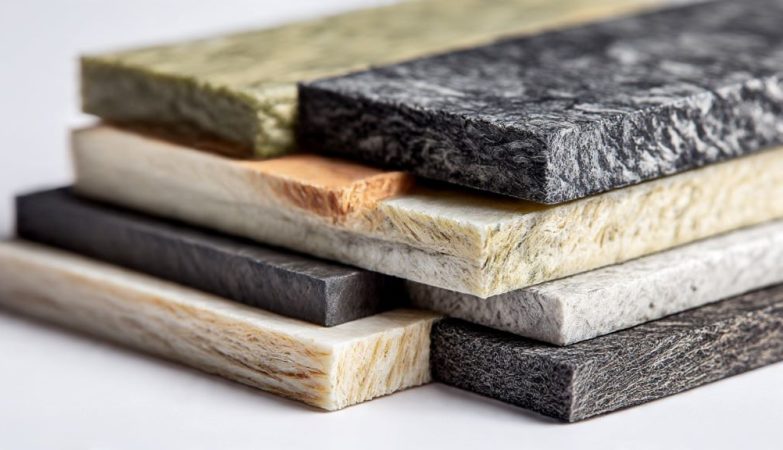Chapter 8’s purpose is to help improve road safety and, in particular, the wellbeing of workers on the roads and road users.
Chapter 8 covers the chevron shapes on the back end of a vehicle, which can also be called Chapter 8 chevrons. The chevrons make the vehicles more visible to drivers. For Chapter 8 chevrons, contact https://www.pvluk.com/chapter-8-chevrons/
What are these chevrons?
According to Chapter 8, in order for vehicles below seven and a half tonnes to be most effective, they should have chevron livery featuring a pattern of diagonal stripes pointing up, measuring at least 150mm in width. These colours are highly visible and stand out from the background. They can be seen from a long distance and at any time of day or night.
The back of the vehicle should have chevron markings according to Chapter 8, in order to maximise visibility for traffic following. The markings must cover as much as possible of the vehicle’s rear without covering windows, lights, or number plates.
If the chevrons of chapter 8 are covered by a piece of equipment mounted to the vehicle, high-visibility additional markings must be added onto that.
Chapter 8 recommends that vehicles under seven and a half tonnes should also have:
- A line of micro prismatic yellow reflective material, at least 50mm in width, on the side.
- Apply red tape that reflects to the rear edges of all doors, rails, and storage lockers.
- Any text should be black and non-reflective, with a minimum height of 70mm for vehicles used for traffic control and 140mm for other vehicles that carry staff or equipment. Any writing should be on a yellow or non-reflective background.
The recommendations in Chapter 8 may not be legally binding but they are worth heeding. Businesses who do not follow Chapter 8 could be in a worse position to claim insurance if an accident occurs involving their vehicle.
Vehicles working on public highways, roads with speed limits of at least 40 mph, such as:
- Road Maintenance: Road maintenance vehicles, such as tarmac rollers and sweepers are often marked with chevrons to warn drivers and encourage safety.
- Utility Vehicles: These vehicles are operated by companies such as telecoms, water, and electricity. They may be marked with chevrons to improve their visibility when working near or on roads.
- Slow Vehicles: Vehicles that travel frequently at low speeds, like farming machinery, or those with larger loads can benefit from the rear chevron marks to reduce the likelihood of rear-end collisions.


